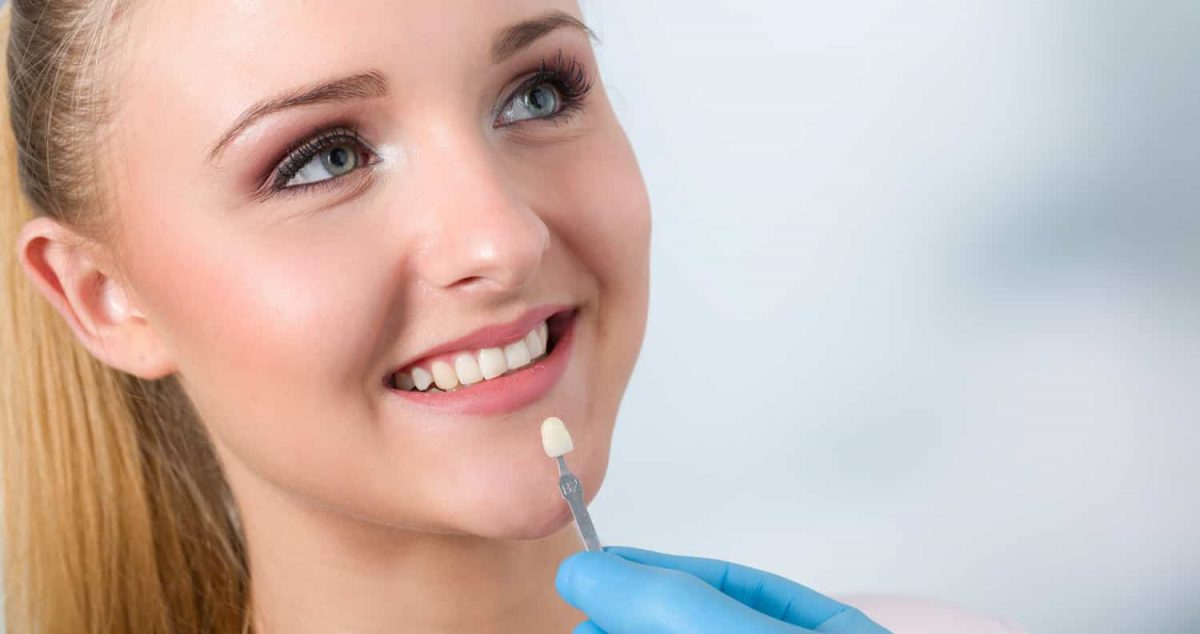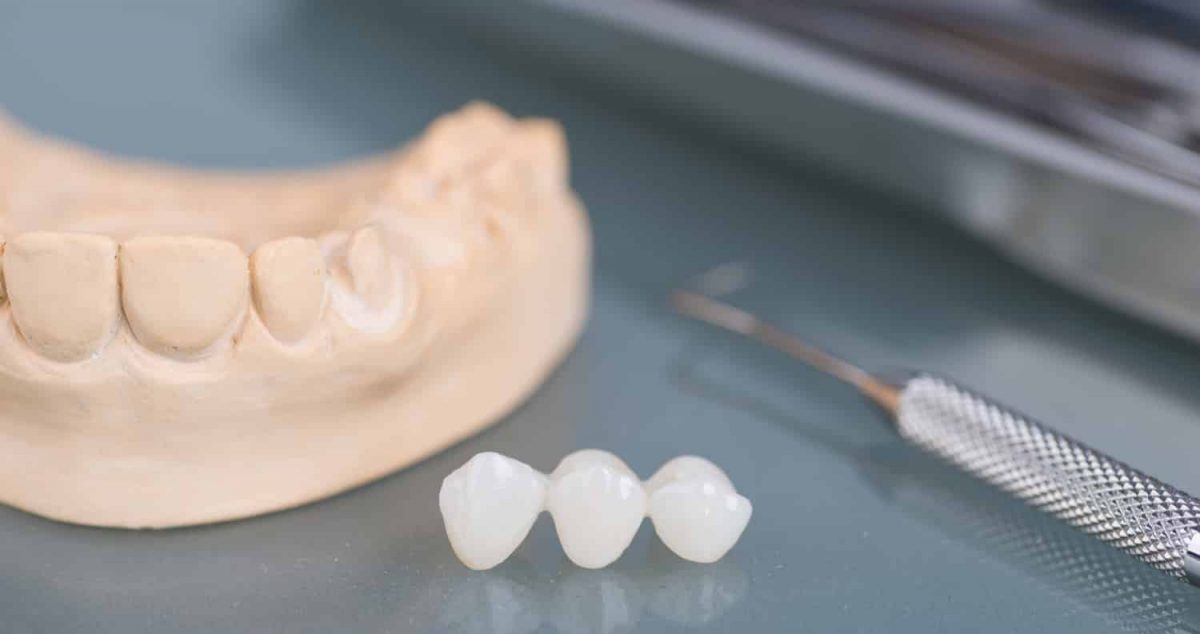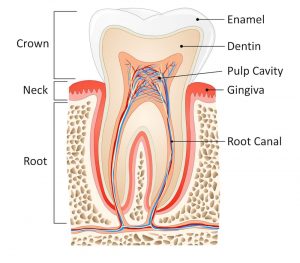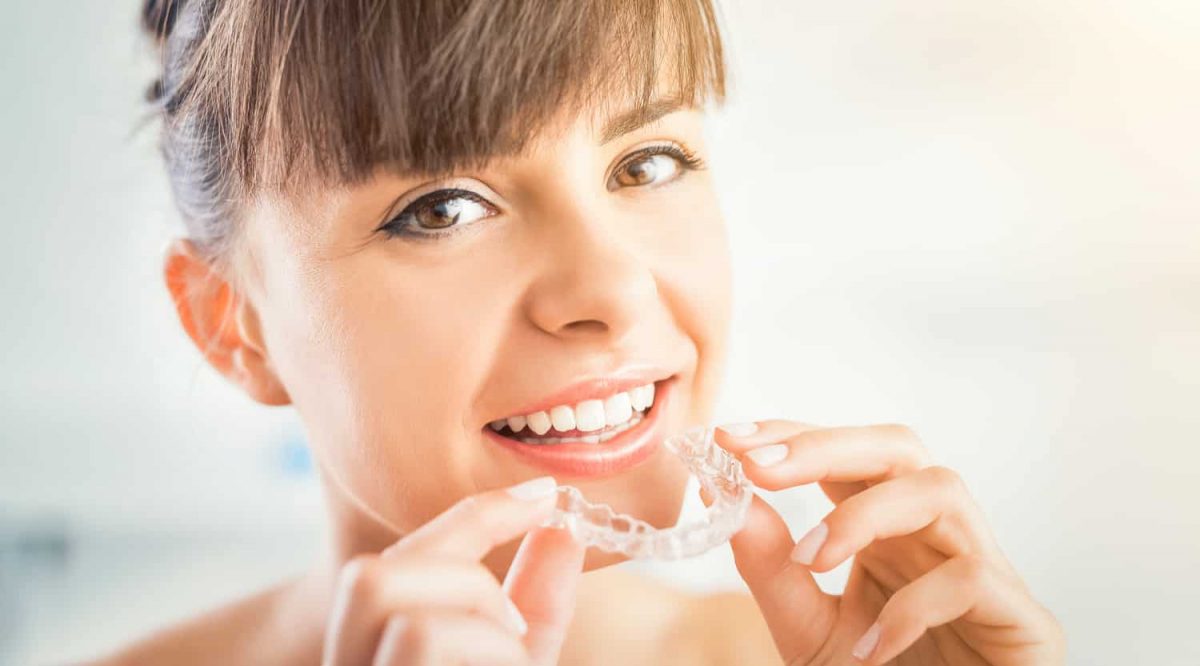A dental crown is a porcelain cap that either covers a natural tooth or is placed on top of a dental implant. This type of dental restoration is an excellent option for a single missing or damaged tooth. At Smith Dentalworks, we consider both form and function to help ensure your new tooth crown looks and feels natural. We will also discuss the process with you so you understand what to expect. Each case may be a little different depending on your specific circumstances, but the general elements are relatively similar.
The process of getting a crown:
For a Missing Tooth
Dental Implant
If you are getting a crown to replace a missing tooth, you will also need a dental implant. This is a titanium post that is placed in your jaw and acts as an artificial tooth root. It helps support your jaw health while also providing a strong base for your crown. Your dental implant will be placed by an oral surgeon. We will attach a temporary crown, depending on your circumstances. After a few months, the implant will heal and integrate with your bone and we will be able to proceed with the rest of the process.
Exam and Impressions
At our dental office, we will examine your implant to make sure it is ready for the crown. We will then take impressions to make sure the crown will fit properly and we will match the color and shape of the crown to surrounding teeth. A dental lab will fabricate the porcelain crown which usually takes a few weeks.
Final Tooth Crown Placement
When your crown is complete, you will return to our office for the final placement. In the case of dental implants, this can be accomplished either with an abutment or a screw. We work to ensure that the crown looks natural and that you are satisfied with its appearance. After the crown is placed, you can begin enjoying your new smile.
For a Damaged Tooth
Tooth Crown Preparation
We can usually complete dental crowns to cover damaged teeth over the course of two visits. During the first visit, we will examine your tooth and make sure a crown is the best option for restoration. If it is, we will prepare the tooth by shaping it. We use our Solea Laser and other state-of-the-art technology to make this process pain-free. Once the tooth is shaped, we will take a digital impression, match the color and shape of your crown to nearby teeth, and send this information to the dental lab. While you wait for your permanent crown, we will place a temporary crown to protect the tooth.
Dental Crown Placement
At your second appointment, we will remove the temporary crown and then attach the permanent porcelain crown to your tooth. We will make sure the fit is secure and that you are happy with the appearance of your new tooth.
Restore Your Smile at Smith Dentalworks
Smith Dentalworks provides compassionate and skilled dental care. We can use a dental crown to replace a missing tooth or to cover a damaged tooth.












